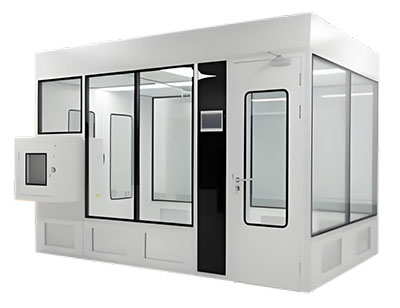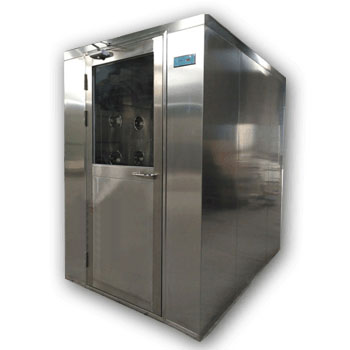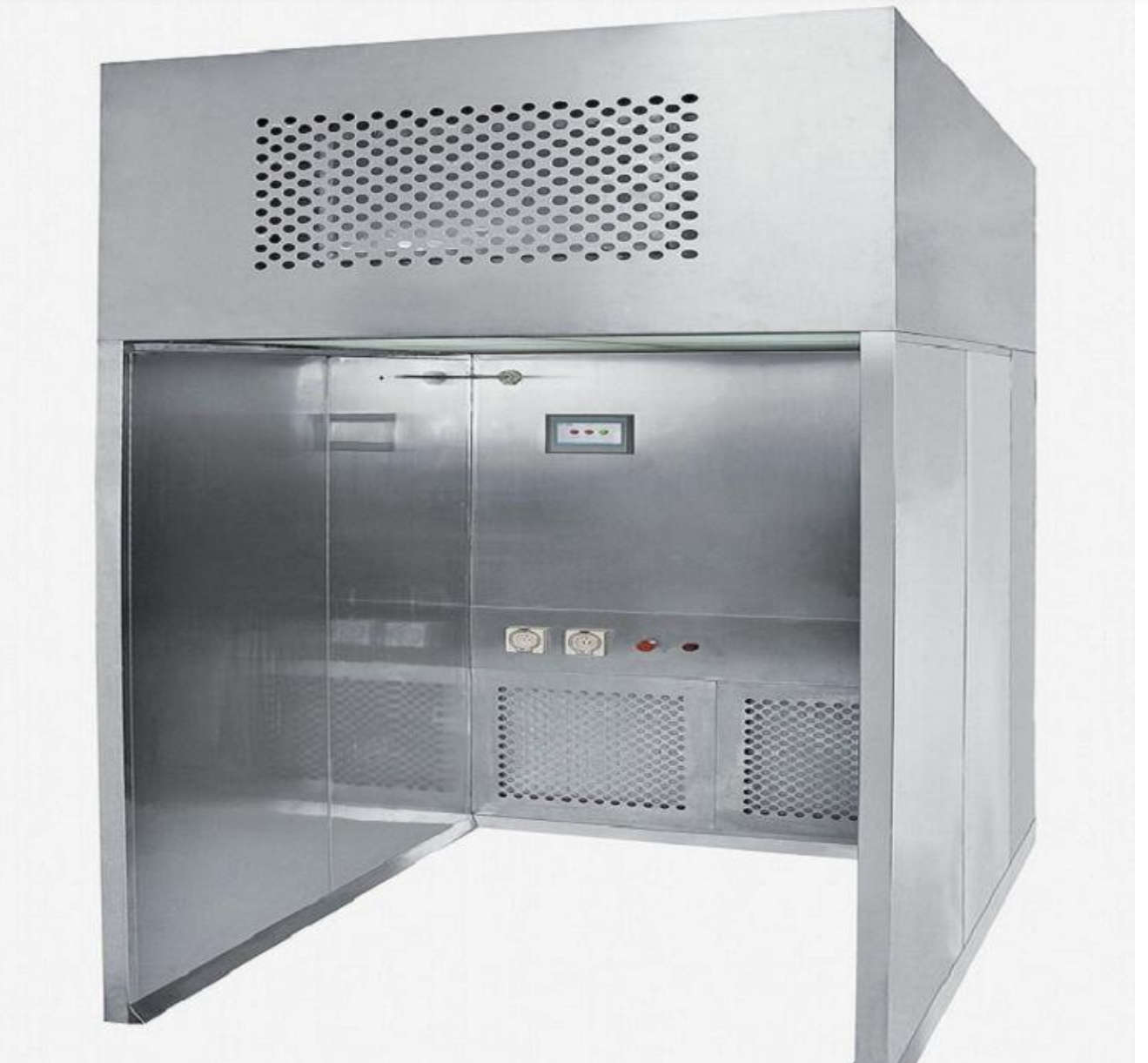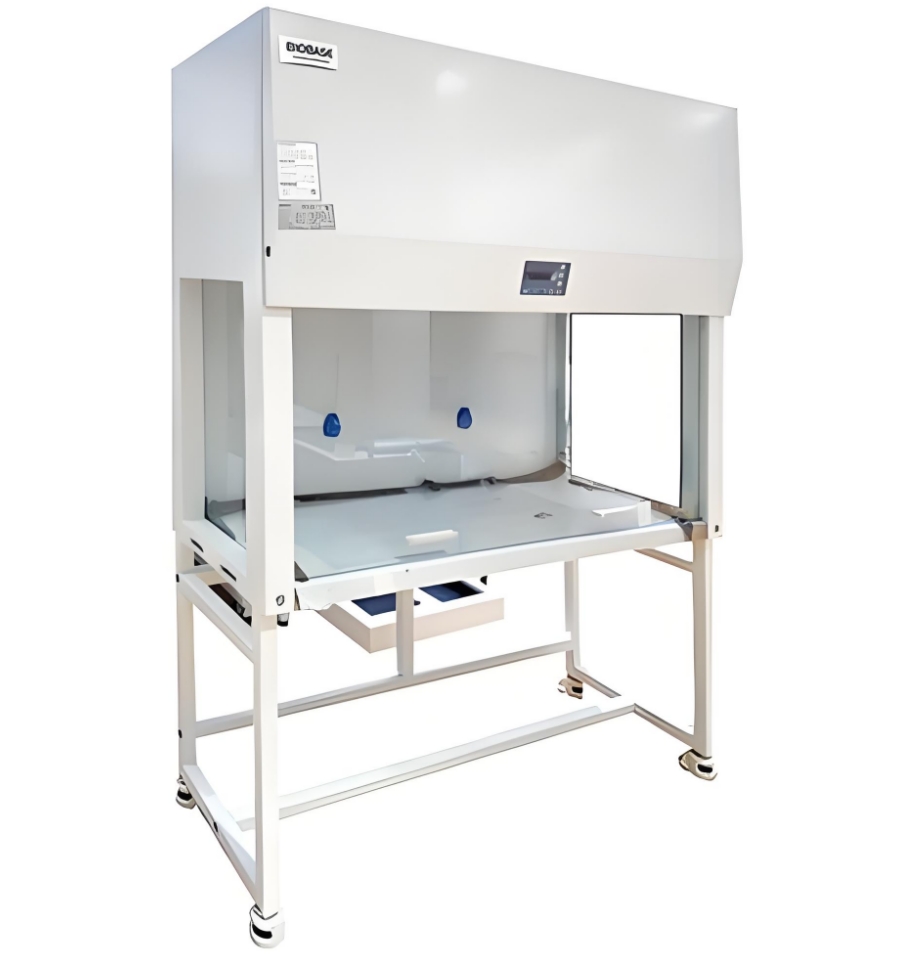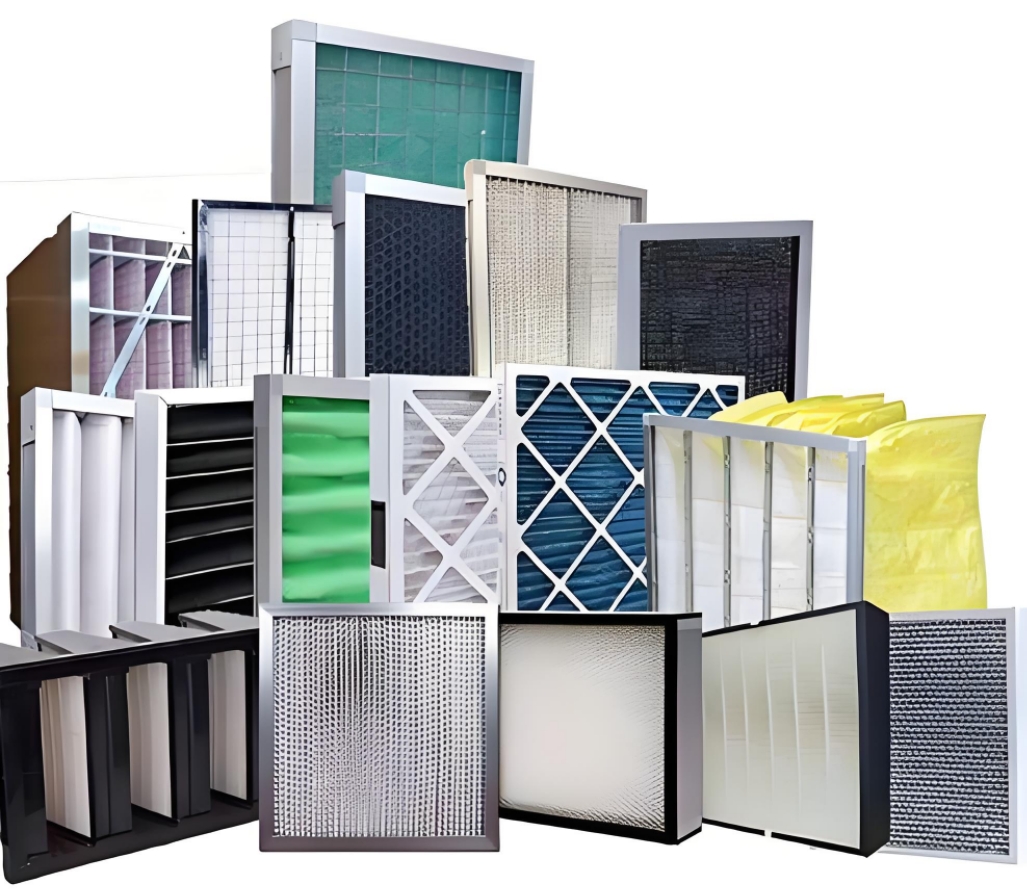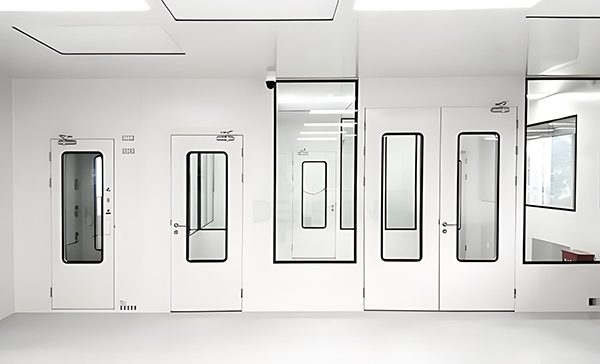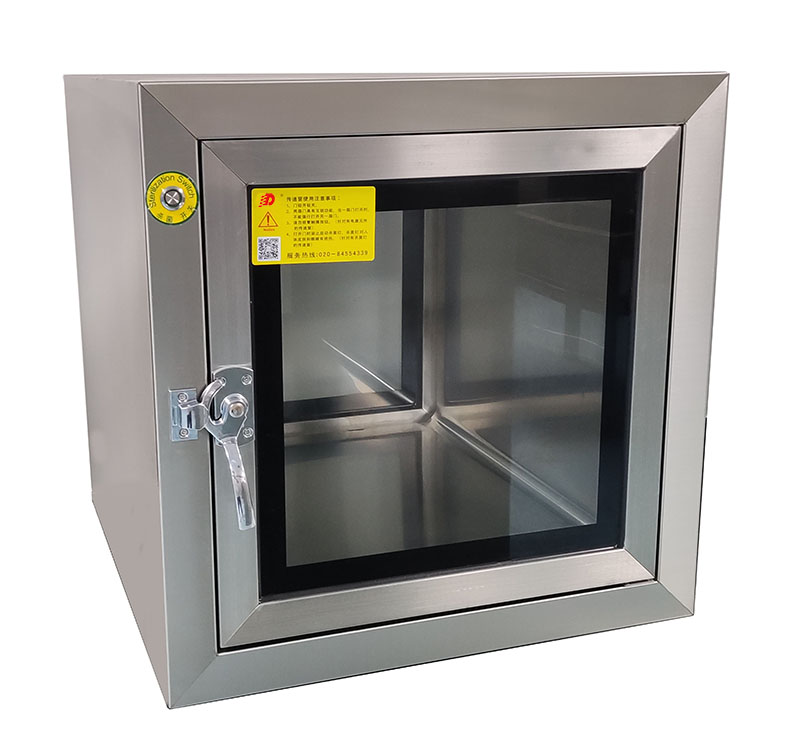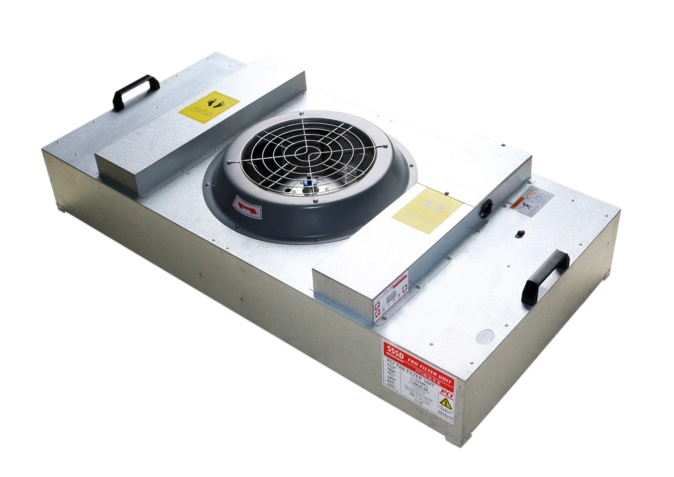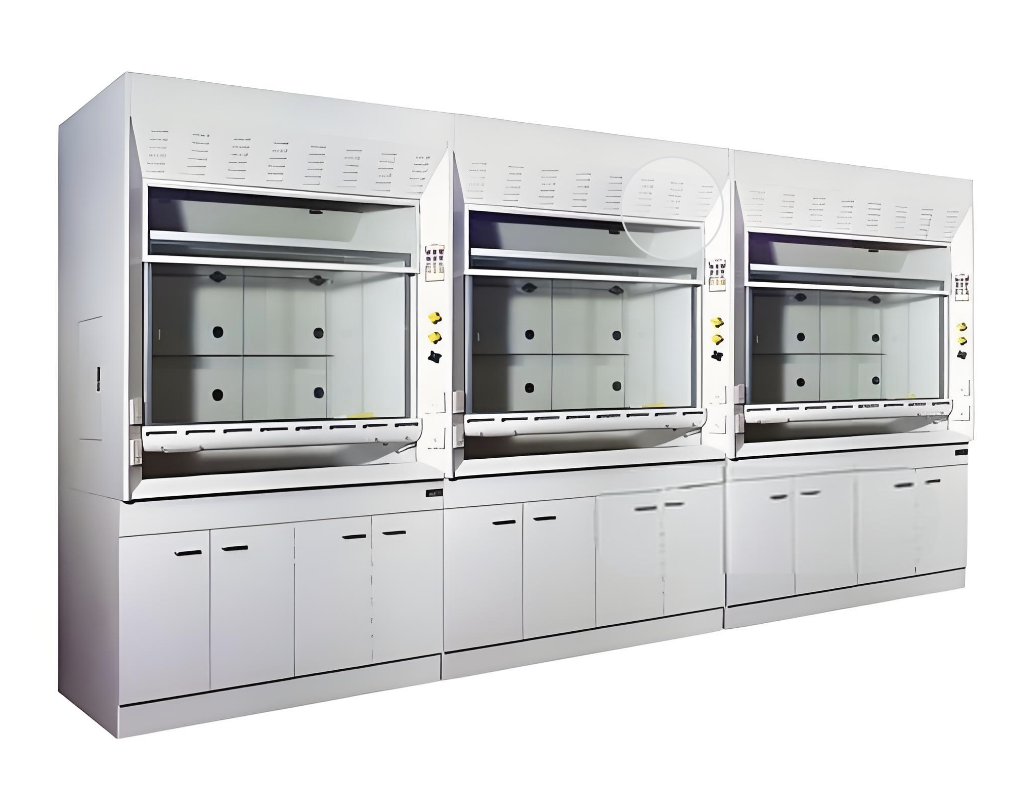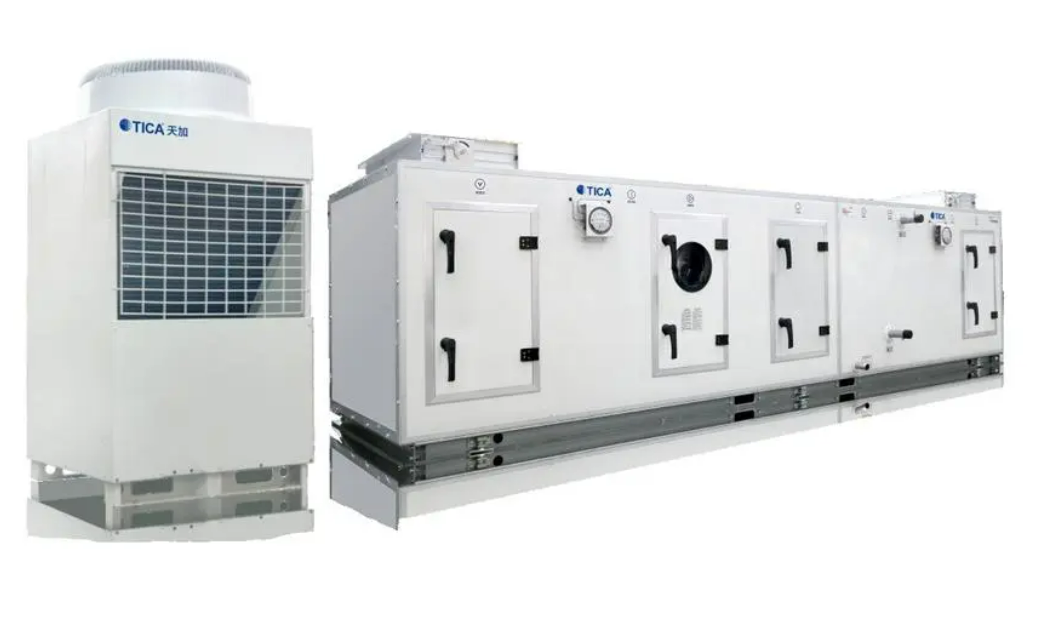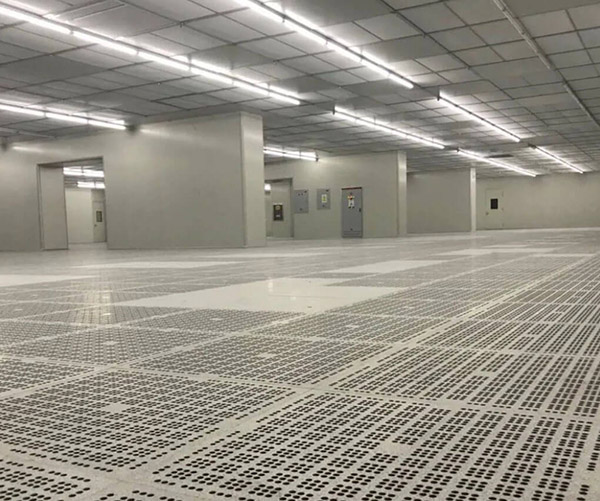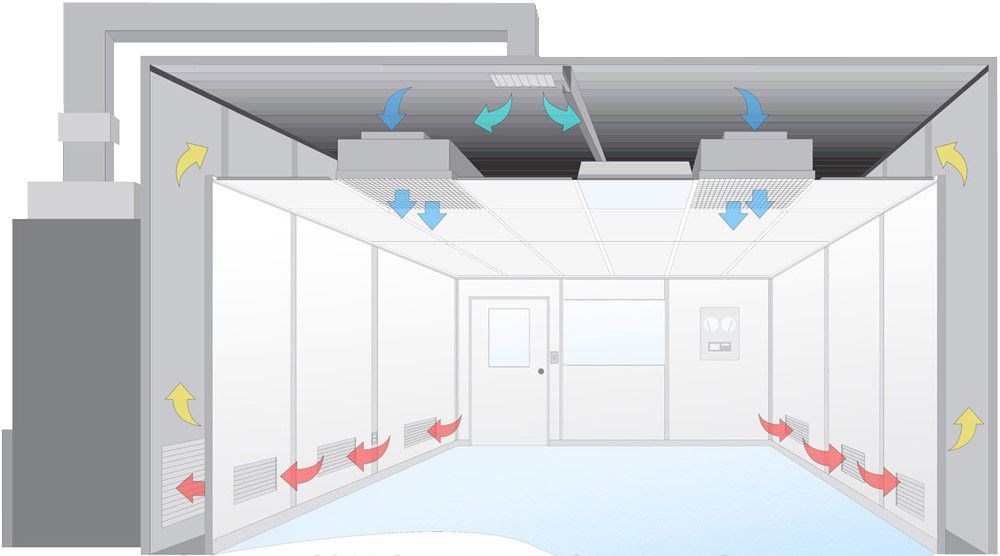Maintaining the integrity of cleanrooms is crucial across various industries, from pharmaceuticals to Semiconductor manufacturing. One of the key standards ensuring this integrity is EN ISO 14644-2. This standard sets out the minimum requirements for monitoring cleanroom air cleanliness through particle concentration, helping facilities maintain compliance with air purity levels.
Purpose
EN iso 14644-2 focuses on monitoring the air cleanliness of cleanrooms and related controlled environments.
Scope
Covers monitoring of airborne particle concentrations to sustain clean environments.
Key Aspects
Establishes requirements for parameters, monitoring frequency, and data analysis.
Purpose of EN ISO 14644-2
EN ISO 14644-2 ensures that cleanrooms and related controlled environments consistently meet required particle concentration levels, critical for maintaining a clean and controlled atmosphere. By adhering to these standards, companies like Deiiang™, led by product designer Deiiang Jason.peng, can design and maintain cleanrooms that meet international quality benchmarks.
Key Aspects of the Standard
Parameters to be Monitored
Specifies which particulate sizes need to be controlled, focusing on 0.1 μm to 5 μm.
"The standard establishes minimum requirements for a robust monitoring program"
Monitoring Frequency
Details how often air cleanliness should be checked to ensure reliability and compliance.
A
Initial Qualification
B
Routine Monitoring
C
Re-qualification
Data Analysis Procedures
Defines methods to analyze particle concentration data to maintain standard adherence.
Statistical analysis coverage in the standard
Relationship with iso 14644-1
EN ISO 14644-2 is closely related to ISO 14644-1, which classifies cleanrooms based on particle concentrations. While ISO 14644-1 provides the classification criteria, EN ISO 14644-2 ensures that the prescribed cleanliness levels are maintained through continuous monitoring. This complementary relationship enhances Cleanroom operational integrity.
ISO 14644-1
Classification criteria for cleanrooms based on particle concentrations
EN ISO 14644-2
Ensures ongoing compliance through continuous monitoring
Common Questions and Answers
Conclusion
EN ISO 14644-2 is an essential standard for ensuring cleanroom environments meet specified air cleanliness levels through rigorous monitoring programs. By implementing these standards, facilities can assure compliance and maintain environmental integrity. With innovative solutions from Deiiang™, spearheaded by Deiiang Jason.peng, industries can achieve optimal cleanliness and performance.
References
- International Organization for Standardization. (2015). ISO 14644-2: Cleanrooms and associated controlled environments – Specifications for monitoring and measuring to provide evidence of Cleanroom performance.
- European Committee for Standardization. (2015). EN ISO 14644-2: International and European Standard.
- Deiiang™, Guidelines for Cleanroom Compliance.
- Institute of Environmental Sciences and Technology (IEST), Cleanroom standards Interpretations.
- U.S. Pharmacopeial Convention. USP General Chapters.
- ANSI/ASQ Z1.4-2003 Sampling Procedures and Tables for Inspection by Attributes.
By understanding EN ISO 14644-2, facilities can maintain high standards of air cleanliness and ensure product quality and safety, supporting their commitment to operational excellence.
© 2025 Cleanroom Standards Guide. All rights reserved.
 +86 18186671616
+86 18186671616 Jason@cleanroomequips.com
Jason@cleanroomequips.com
 MENU
MENU

